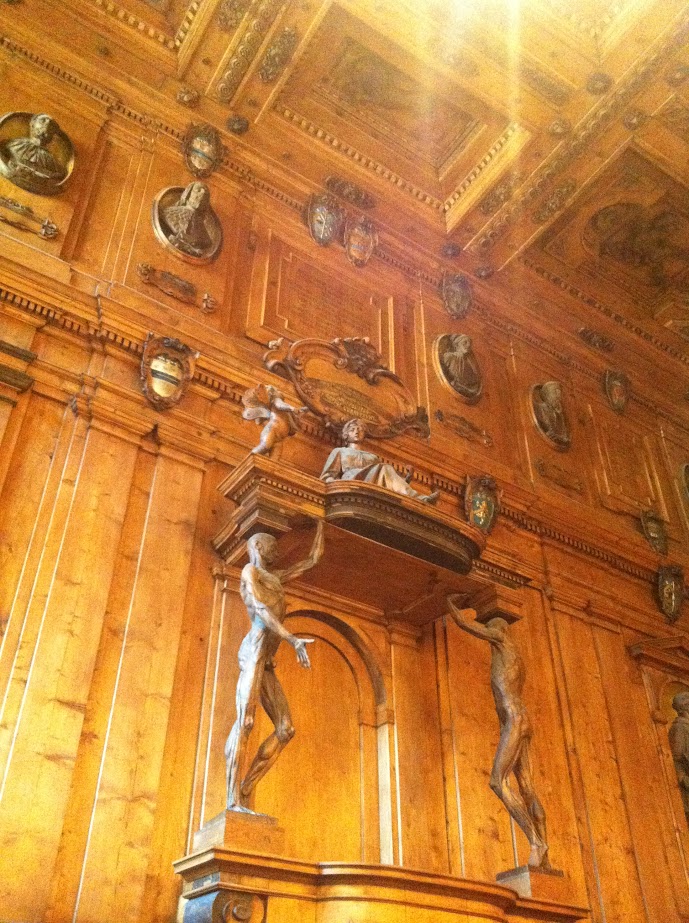
Nestled in the heart of Bologna’s historic city center, the Archiginnasio stands as one of the most significant buildings in the city, not just architecturally but also in terms of its cultural and historical relevance. Constructed between 1562 and 1563 by order of Cardinal Borromeo, the Archiginnasio was originally designed by architect Antonio Morandi, known as Terribilia, to serve as the main building of the University of Bologna until 1803. This historical gem has been the home of the Municipal Library since 1838, following extensive rebuilding after it was heavily damaged by bombing in 1944.
Architectural and Academic Significance
The Archiginnasio is renowned for its architectural beauty and historical significance. Two grand staircases lead to the upper floor, which features two lecture halls: one for the «Artisti» (now a reading room) and one for the «Legisti» (known as the Stabat Mater Hall), each rich with academic history. The building’s layout and design reflect the Renaissance period’s emphasis on symmetry and harmony, making it a visual treat for architecture enthusiasts.
The Anatomical Theatre
One of the most fascinating aspects of the Archiginnasio is its Anatomical Theatre, constructed in 1637 by Antonio Levante. This room was specifically designed for the teaching of anatomy, an innovative concept at the time, and is intricately carved from wood. It houses the famous “Spellati” (Skinned Men) statues by Ercole Lelli, which are remarkable both as works of art and as tools for medical instruction. The theatre’s detailed carvings and woodwork provide a unique insight into the early modern approach to science and medicine.
The Municipal Library and Cultural Hub
Today, the Archiginnasio functions as more than just a historical site; it is a vibrant cultural hub. The Municipal Library housed within it holds a vast collection of texts and manuscripts, some dating back to the inception of the university, making it a crucial resource for researchers and scholars. Moreover, the library hosts various events, exhibitions, and conferences that transform it into a lively meeting place for academics, students, and tourists alike.
Visiting the Archiginnasio
For those planning to visit, the Archiginnasio is open to the public with hours extending from 10:00 AM to 6:00 PM on most days, and special hours on holidays. There is a small admission fee for accessing the Anatomical Theatre and Stabat Mater Hall, with certain exceptions such as free admission for young people up to 18 years, disabled individuals, and cultural card holders.
Conclusion
The Archiginnasio of Bologna is not only a testament to the city’s rich academic history but also a beacon of cultural and educational activities today. Whether you are drawn by its historical significance, architectural beauty, or the lure of ancient texts and anatomical statues, the Archiginnasio offers a unique glimpse into the past and present of one of Italy’s most scholarly cities. This historical edifice invites visitors to step back in time and explore the intellectual legacy that has shaped Bologna for centuries.
Oppdag mer fra Emilia Delizia
Abonner for å få de siste innleggene sendt til din e-post.